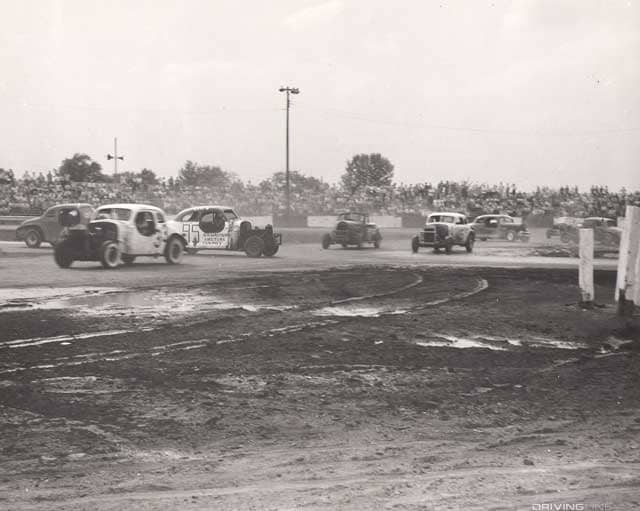Figure 8 Racing Brings School Buses, Chain Cars, And Pro Drivers Together, Head-On
One of the near-certainties about racing on a closed course is that all participants are traveling in the same direction. Aside from the occasional crash where a vehicle gets turned around and slides back into the pack, in general, each and every driver is moving on a predictable path from start to finish.
Unless, of course, you're figure 8 racing. Yes, it's exactly what it sounds like. Instead of a track in the shape of an oval, or a continuous road course, figure 8 racing features a crossover in the very middle where there's a strong possibility of having a close encounter with a hurtling hunk of steel that's moving at a 90-degree angle to your own forward progress.
What a great idea.
Humble Beginnings
The very first figure 8 races can be traced back to the end of World War II. While there have been similarly-designed race tracks in more traditional forms of racing—such as at Suzuka in Japan, where the crossover point was elevated as a bridge over the roadway below—it was the Indianapolis Speedrome that would become known for ignoring that safety-first feature in favor of flat track madness in the 1940s.

The Speedrome would be a one-fifth mile Mecca for figure 8 fans, hosting the world championships of the sport starting in 1977. It's a major endurance event thats last three hours, pays out tens of thousands of dollars and is filled with serious competition fielding well-built, very expensive race cars that look like they should be jousting on a local dirt oval rather than careening headlong into traffic.
Laps are fast, with 10 to 15 seconds often being all that separates a driver from safely making it through the intersection they just safely survived and having to spurt through it once again. Drivers need to look not just straight ahead, but also around and behind them to gauge what traffic is going to be like once they hit the choke point, with gloved fingers crossed that they can navigate through it with a minimum of scrape, rattle or roll.
Wait—It Gets Weirder
While the professional rigs that occupy the upper echelon of figure 8 racing might be the most polished competitors in the sport, there are a number of surprisingly wild variants on the standard format that command even more attention.
Of these, one of the most eyebrow-raising is school bus figure 8 action. Think about the logistics of this for a second. If the primary goal is to make it through that center gap as quickly as possible, without making any contact with a rival, imagine how much more difficult that becomes when you extend the length of your vehicle by 24 feet or so. Oh, and then fill it with passengers, too, because there are number of tracks where as many as 10 spectators can ride along inside the bus as long they're wearing helmets and have signed a waiver.
School bus racing is such a popular addendum to the figure 8 scene that a cottage industry has sprung up to support it. You can simply show up at the track and have a bus waiting for you, prepped and ready for chaos, without having to invest in your own multi-row race vehicle. Some tracks even offer the sport as a team building exercise for corporations willing to think (and smash) outside of the box.
Even crazier than school bus figure 8 racing, however, is chain racing. In this freaky flavor of competition two cars are connected via a 20 foot length of steel chain. The front driver is in charge of accelerating and steering. The second driver—yes, they have to work as a tandem—operates the brakes, because the first car doesn't have any (just like the rear car's motor has to be rendered non-operational).
Forget stage rally. Chain racing is unquestionably the most directly cooperative form of competitive driving in the universe. Not only does it require the ability for the drivers to mind-meld, but you also have to have a fairly competent pair of cars chained together to have a shot at winning. It's attrition, pure and simple, and making it to the checkered flag is as much of a victory as coming in first place. Chances are if you can survive to the end, you're still in contention for the podium.
Does that sound like fun? It's actually one of the most enjoyable low-buck motorsports on the planet, according to the thousands of pilots who participate each and every year. There's decent money to be had, too, with purses approaching $750 a night for each win and most also-rans making enough to pay for gas money. And, potentially, therapy.
Wide Appeal
Who is getting behind the wheel in figure 8 racing? In many respects, there's significant crossover from other types of wheel-to-wheel racing. Some participants are circle racers looking to make a little extra cash, while others come from a rally or ice racing background and can appreciate the controlled catastrophe coiled and waiting to happen each and every lap. There are also those who view it as simply a more accelerated version of demolition derby, a better platform to showcase their driving skills than simply pointing their car at an opponent across the asphalt and flooring the gas.
Whatever draws you to the cockpit or the stands, one thing is for sure, there are few spectacles like figure 8 racing to get your pulse rate rising. It may not offer the speed of Formula One or the gravity-slipping ballet of WRC, but it's definitely the kind of motorsport where almost anything can happen from green to checker. It's a very basic lesson more than one racing series could stand to learn in the modern era of limited passing, crippling aero and paralyzing parity.







